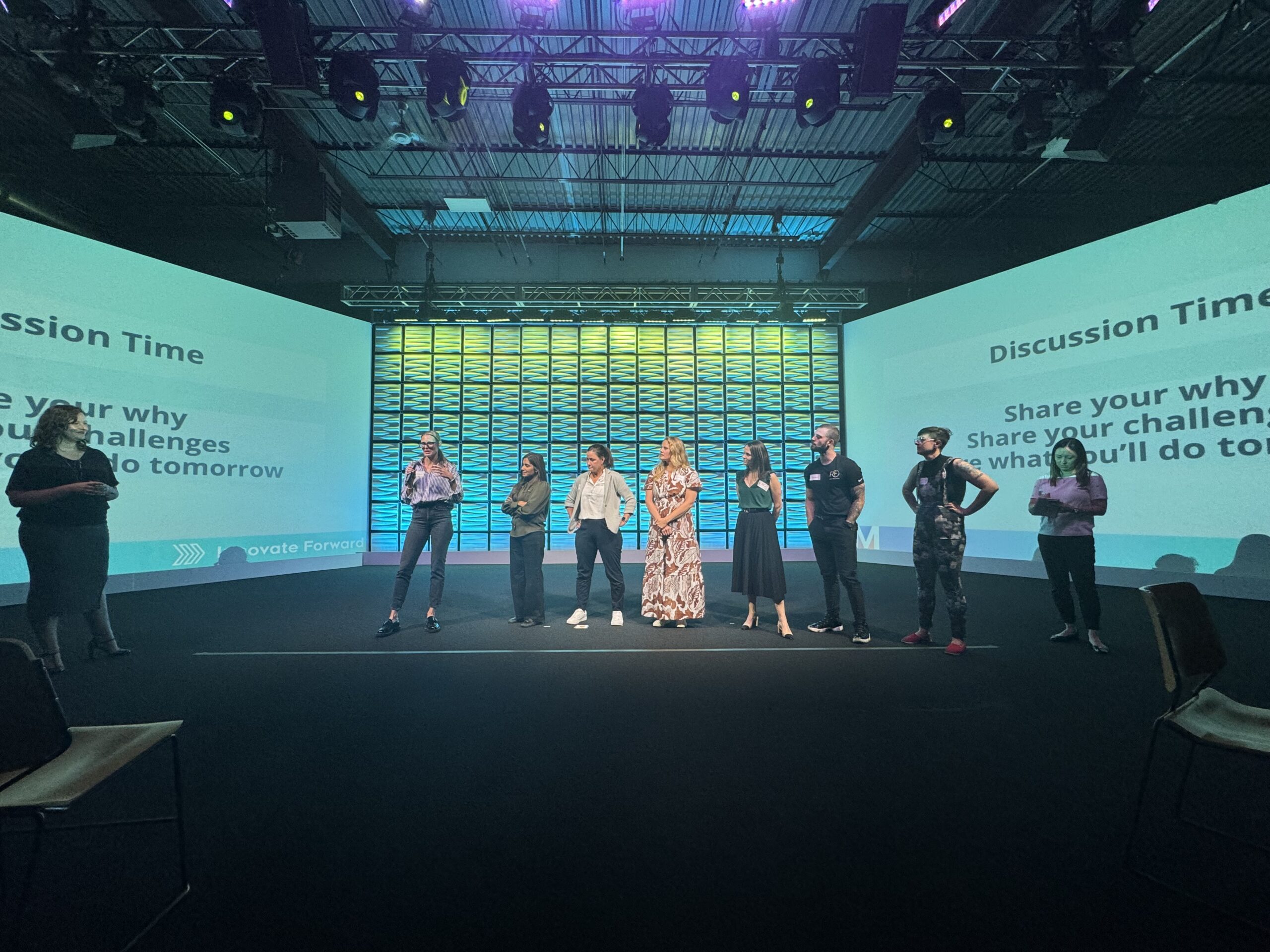July 29, 2022
How to Measure Event Engagement for Your Next Corporate Experience
Event success is as measurable as it is achievable—and if you have experience producing successful events, you know it’s all about event engagement. With engagement goals baked into your event strategy, you can effectively and accurately measure the success of your event.
But the age-old question remains: how do you quantify event engagement?
Your purpose is your best metric. Do you want to increase sales? Cultivate relationships? Share a branding message?
When your event has a clearly defined purpose, the metrics you’ll use to measure engagement will be easily definable. Engagement tools can help you learn whether attendees are moved to act on your purpose, helping you quantify event engagement.

Post-event surveys
You may think it’s over when attendees walk away smiling and buzzing with compliments, but engagement goes beyond how attendees feel about the event. It’s what attendees do as a result of the event that matters.
So, ask them what they’re doing post-event. A thoughtfully crafted post-event survey can generate meaningful feedback only if you ask the right questions.
Put yourself in the place of your attendees when you develop your survey. Consider how you want them to be empowered in the days and weeks after an event. Net promoter scores help measure approval and room for growth, but more specific questions informed by clear goals—such as sales numbers, if applicable—can determine whether your attendees were properly engaged.
Find ways to learn about attendees’ actions after the event, if any. Don’t be afraid to hear them say it was a waste of their time. Candid questions and responses are best: you’ll never know unless you ask. When you engage with emotional perception and understand how it motivates attendees, you get vital insights that will inform the strategy for your next meeting. At the very least, you want to know what held your attendees’ attention—and what didn’t.
Related Reading: Corporate Event Strategy – The secret behind a successful corporate event
Surveys for non-attendees
Event feedback shouldn’t stop at event attendees. Strong relationships with sponsors and speakers are just as meaningful—and measurable. Find out what your sponsors got out of an event, and don’t shy away from asking what they’d like to get out of the next one. You can ask about event messaging: was it clean and clear? Ask them if on-site teams felt supported by the venue and planners.
How you ask questions impacts your results: the more thorough you are with your surveys, the better. Whether you’re sending out a survey as a mass email or setting up a call with your attendees, the effectiveness of event engagement data can vary significantly based on your approach to gathering it.
Event apps and social media
Many platforms support event management, and with those applications come helpful tools for measuring event engagement. The event app adoption rate is a valuable metric for understanding engagement levels. Your goals can determine any metrics you use beyond that.
For example, Whova provides tools to market your event, register attendees, and measure engagement with in-app polls and surveys. It can gauge how long attendees stayed at your event. Most in-event applications—EventBoard, BusyConf, Grupio, myQaa, TapCrowd, QuickMobile, SpotMe, Eventmobi, CrowdCompass, Attendify, and Pathable—can provide this kind of data and more.
Social media applications provide free data regarding click-through rates, post engagement, and page visitors. For example, LinkedIn metrics can provide information on social media traffic on the day of your event. Hootsuite and other social media performance tools can track the success of promotions across platforms and when attendees may have engaged with your event announcements. You can gain insight into when attendees clicked and why. If you experienced an engagement boost on social media after your event, social media tools can tell you exactly when it happened.
If you allow your attendees to register for event updates, you can also offer them an opportunity to rate the speakers and programs they attend. With an in-event app, they can rate what they see within minutes of a session, providing much more accurate feedback than a post-event survey taken days after an event. You can use data to consider making changes to your next event if you find less-than-stellar engagement.

Raw numbers matter
While a thorough survey can provide invaluable qualitative data, sometimes the clearest indicator of event engagement is in the attendance numbers. Still, engagement tools in event applications can collect more detailed information on timing and demographic-related specifics.
Maybe your attendees rushed to the ballroom for one keynote speaker, or perhaps your attendance numbers were inconsistent over the course of the event. If your attendees aren’t making it to every session, those numbers might also indicate factors that deter involvement—location, timing, personal preferences, or otherwise. Use this information to inform the strategy for your next event.
Related Reading: Heroic’s Guide to Corporate Event Strategies for 2022 and Beyond
Keep them talking
There are many ways to measure event engagement, but if the event ends with attendees taking action and speaking positively, you must capture these sentiments. Whatever insights you garner may be worth repeating with future events.
Always ask the right questions, even if it’s uncomfortable. Consider how the results match your strategy and make adjustments accordingly.
At Heroic, we focus on event strategy before any planning begins. That means success can be as accurately defined as it is measurable. Ask us the questions about event engagement you need answered, and we can build a strategy together.




